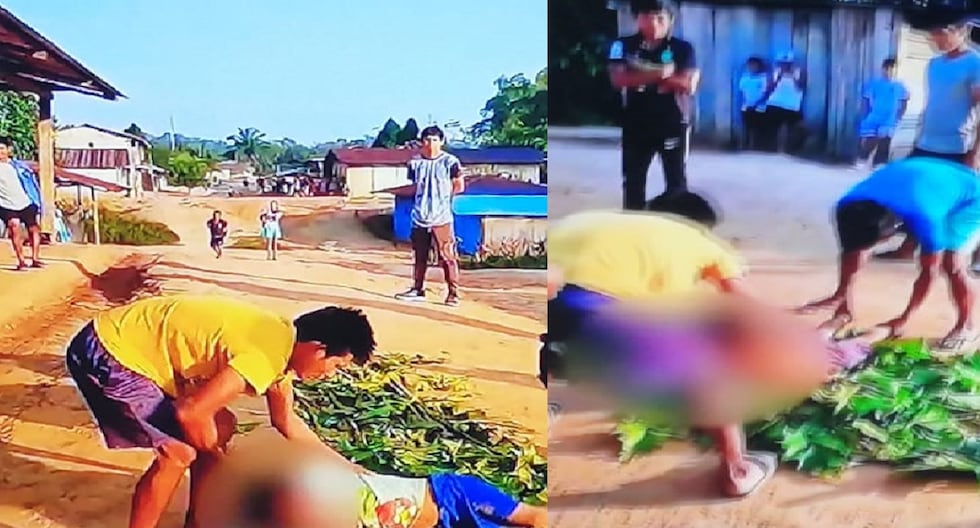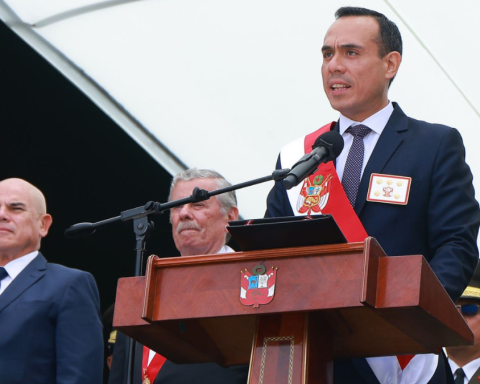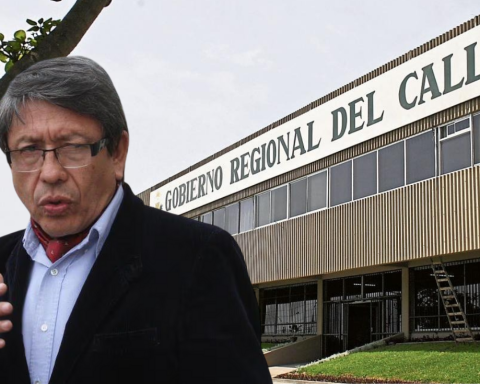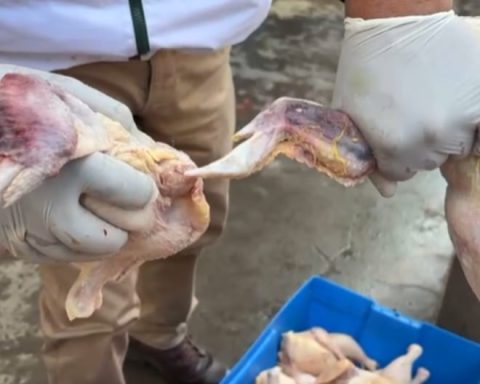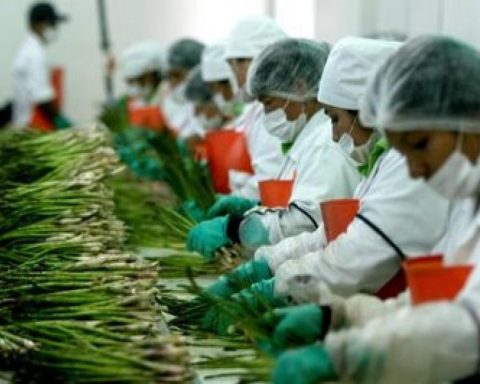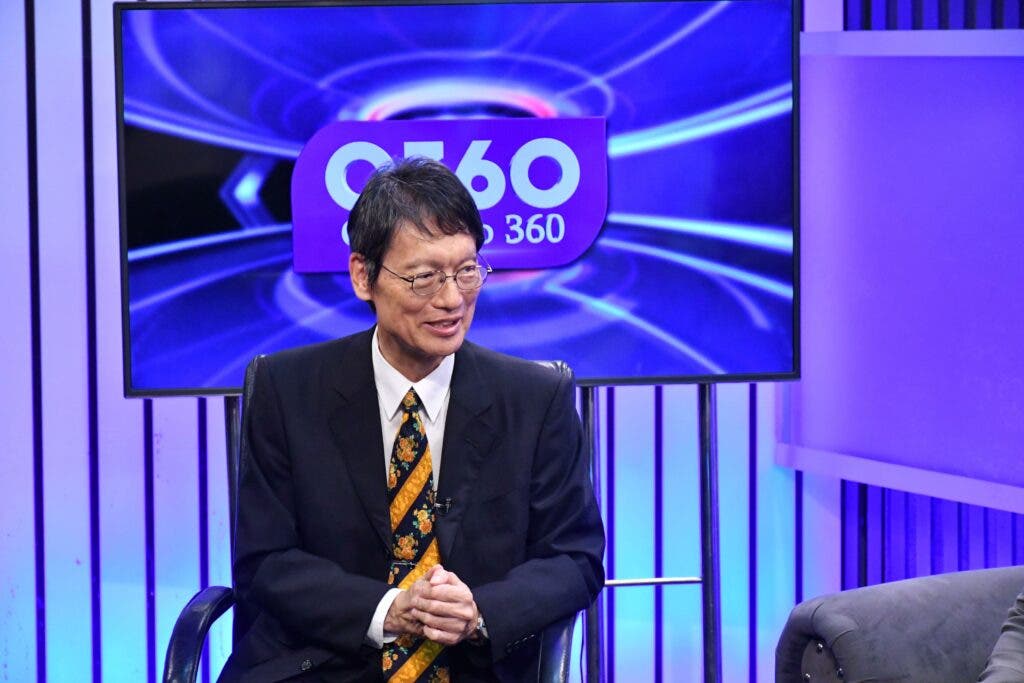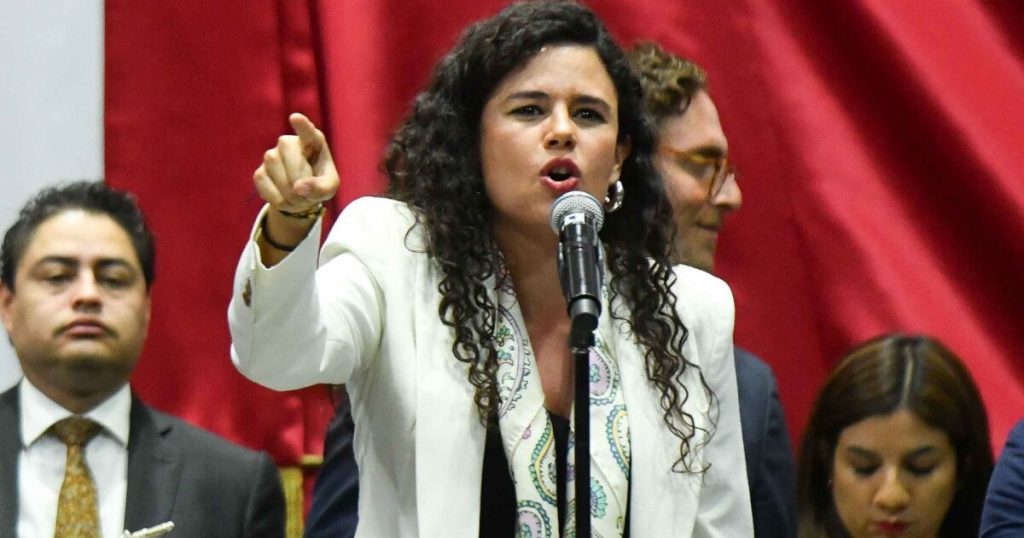Two Awajún children were cruelly punished with ishanga, a tropical nettle, which produces strong, painful itching and burning for several days, as a terrible way to “correct their behavior,” in reference to alleged effeminate behavior, in Bagua, Amazonas, according to the activist Euner Kajekui.
The Awajún activist of the LGBTIQ+ community, Euner Kajekui, denounced the acts of aggression and torture to which the minors were subjected by adults from that community, which they consider a custom, but it is a homophobic action.
Euner Kajekui said that he himself had previously suffered similar punishments and noted that the “traditional method” of applying ishanga can cause up to four days of intense pain and hives on the body.
He said that these physical attacks are still ongoing in the Awajún community of Bagua, as a punitive response to behavior considered inappropriate by certain sectors. The activist decided to spread the video in which a minor is subjected to this practice, in which desperate screams can be heard.
However, part of the population mistakenly insists that the use of ishanga is an ancestral practice. In this regard, human rights defenders point out that this constitutes a form of child abuse and neglect.
In this regard, The Ministry of Women and Vulnerable Populations (MIMP) rejected any type of violence against our girls, boys and adolescents. “The MIMP has had access to a video that is circulating on social media, which shows physical punishment of children in an indigenous community in our country. We are taking steps to identify the scene of the incident and any potential victims, in order to intervene and contribute to their protection”, “X” posted on social network.
She also regretted that, according to the National Survey on Social Relations (Enares), in Peru 58.5% of the adult population tolerates or justifies physical punishment of girls, boys and adolescents, “a reality that must be reversed for the good of children.”
